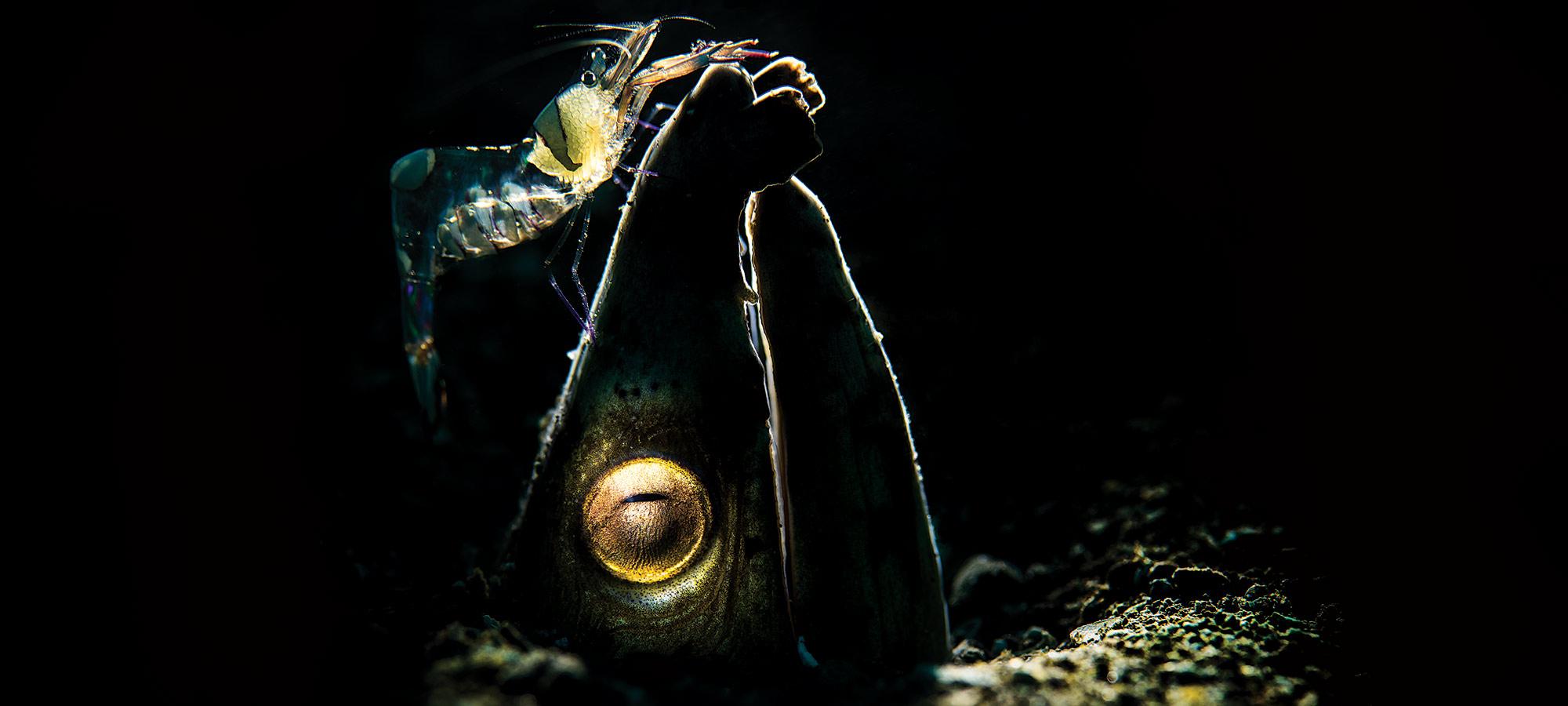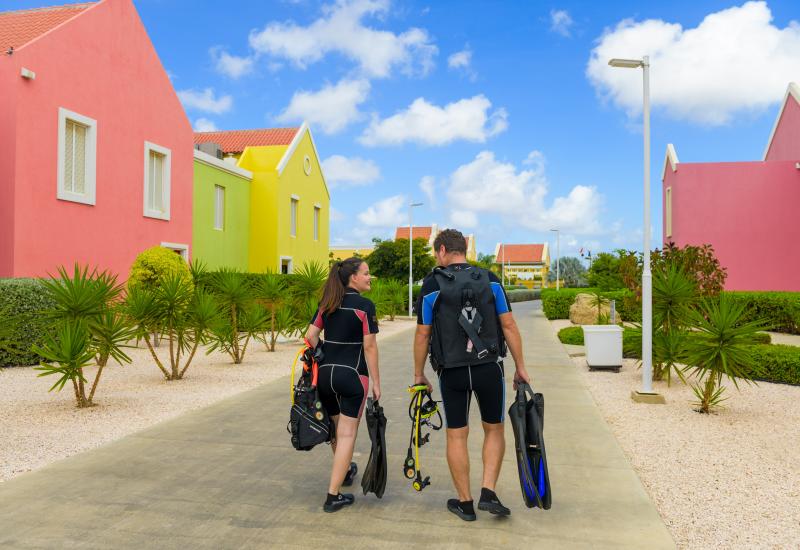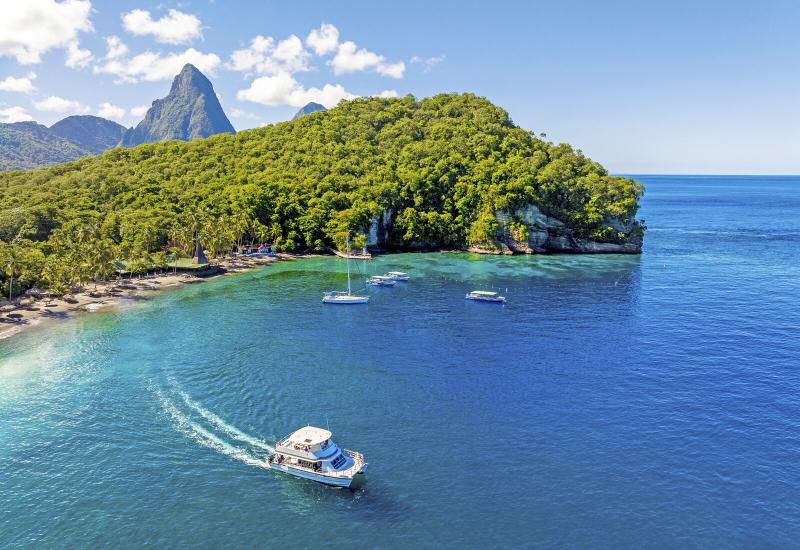The Best Scuba Diving Destinations for Macro Marine Life
Frogfish, leaf scorpionfish and nudibranchs galore — they’re all in these hot spots chosen in Scuba Diving's 2019 Readers Choice Awards.
British Columbia, Canada
“Nearly every photographer coming out here is shooting macro,” says Christina McKee, with Sea Dragon Charters of Vancouver’s Howe Sound area.
Wolf eels, northern giant Pacific octopuses, perch, nudibranchs and lumpsuckers amble over the area’s sheer walls thanks to its plankton-rich waters. Bowyer Island, 17 miles north of Vancouver, is a favorite for McKee thanks to smaller tidal exchanges. Another favorite is the grunt sculpin, beloved by divers for its beak, 3-inch size, and for the way it walks: using pectoral fins to scoot along the substrate.
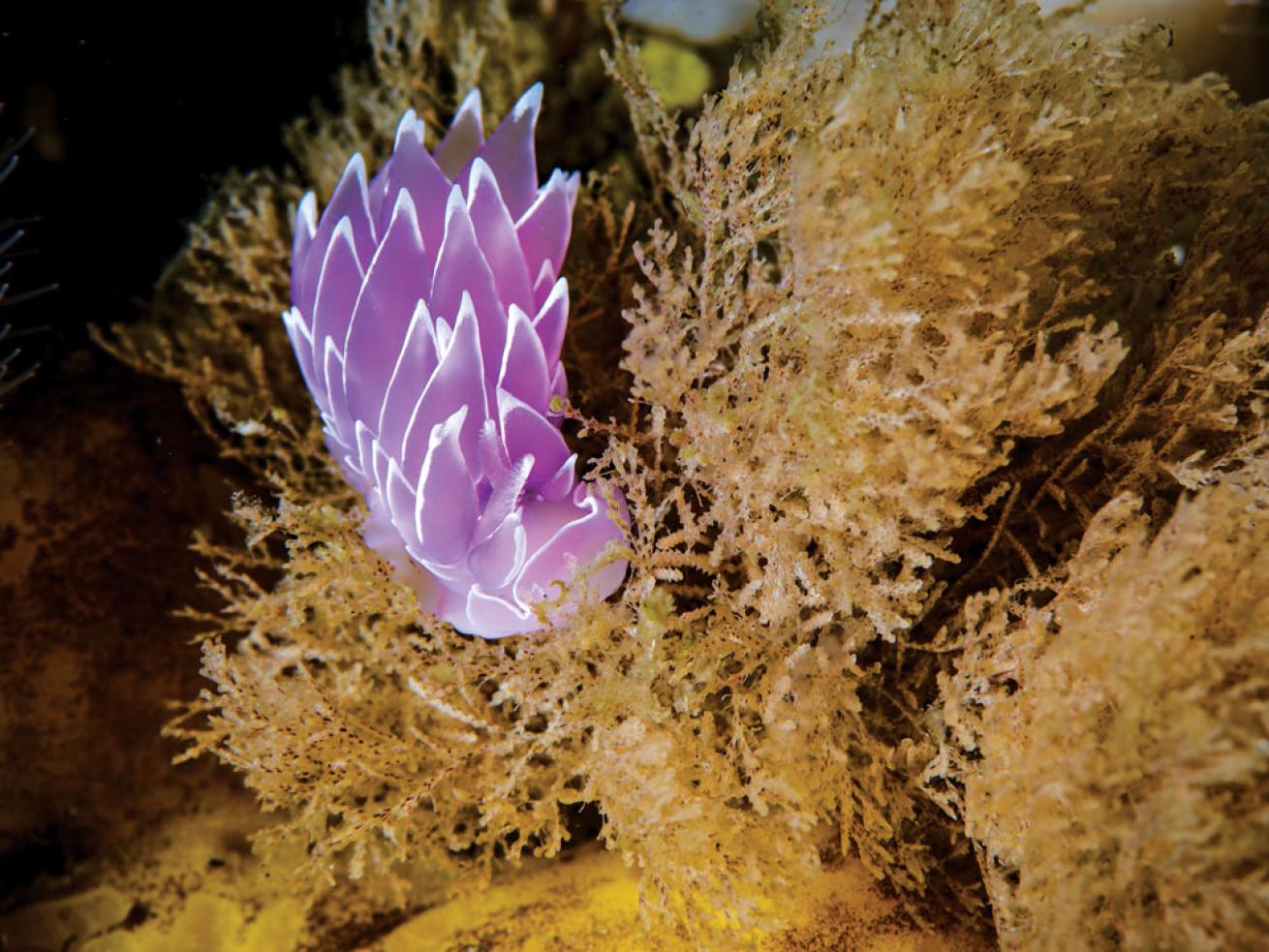
Ron WatkinsNudibranches around in British Columbia
Philippines
Dauin is known for such abundant numbers of odd critters, including frogfish, that divers will grow beyond merely learning to spot them. They’ll also learn to identify and understand behaviors. The same holds true for dragonets, orangutan crabs, bobtail squids and almost every other entry in the muck guidebook. Find Dauin south of Dumaguete, on the island of Negros, about an hour flight south of the capital, Manila.
Readers Picks
Resorts
- Atlantis Dive Resorts, Puerto Galera, Philippines
- Atmosphere Resorts and Spa, Dauin, Philippines
- Turtle Bay Dive Resort, Cebu, Philippines
Great Barrier Reef, Australia
Earth's largest reef is home to 8 percent of the world’s fish species, so it stands to reason that divers expect big biodiversity.
The Great Barrier Reef doesn’t disappoint. This iconic reef experienced serious bleaching events recently, but the species count remains staggering. More than 1,300 crustacean and 3,000 mollusk species — including cuttlefish, squid and nudibranchs — still call these reefs home. Moreover, about 300 species of nudibranchs can be found off Heron Island and the nearby Wistari Reef in the southern GBR. Add it up, and it’s more than enough fodder to fill a week’s worth of logbooks and memory cards.
Readers Pick
Liveaboard
- Spirit of Freedom, Australia
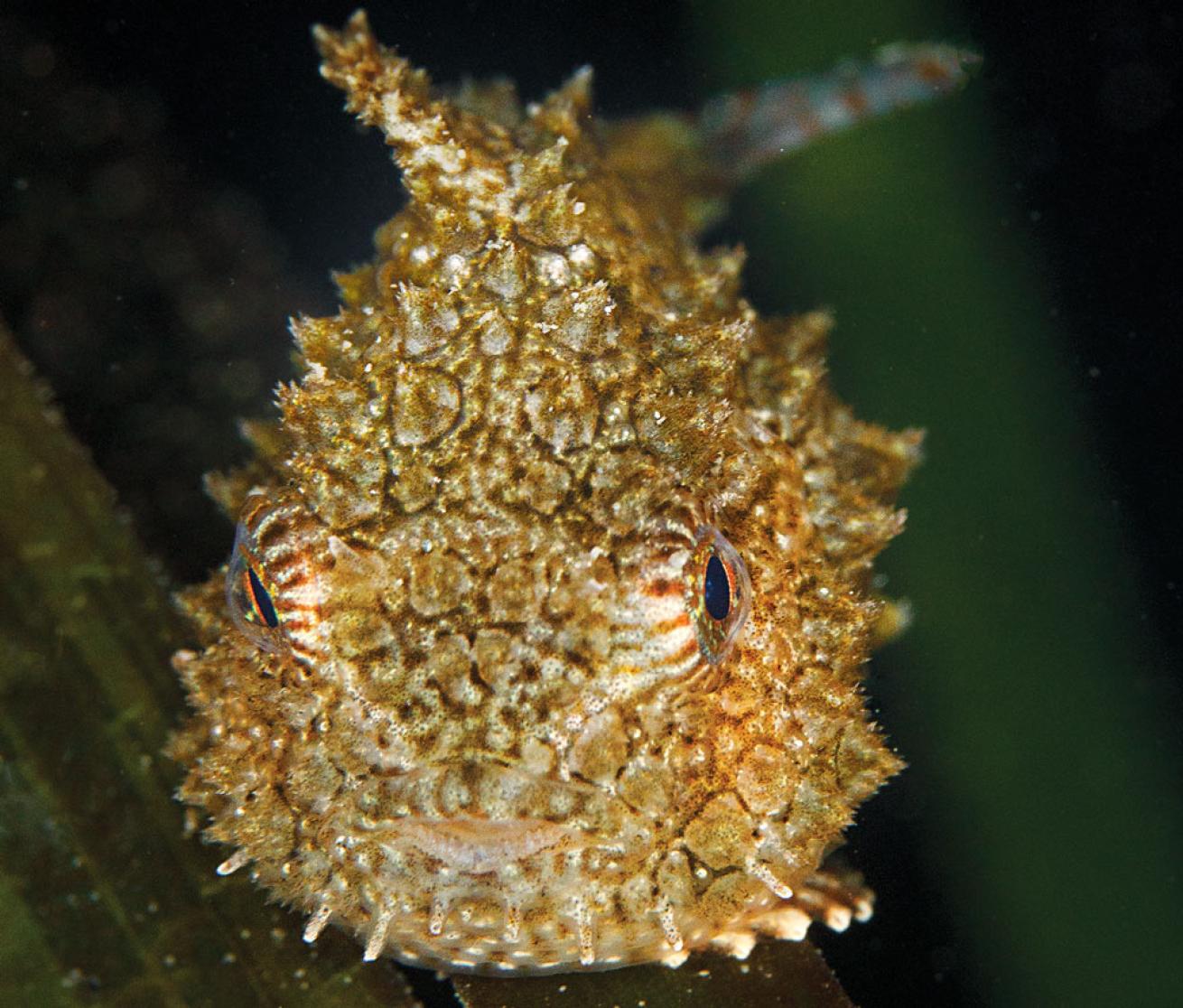
Allison Vitsky SallmonA spiny lumpsucker in Washington
Washington
Cold-water marine life might move slower, but it all grows a heck of a lot faster — and bigger.
“Cold water is actually able to hold a lot more key nutrients that the animals need,” says Andrew Bruscher, instructor with Lighthouse Diving Center in Seattle. “That, plus the nutrients from the waterways and rivers coming into Puget Sound, makes this a really rich area for life.”
The list of critters benefiting from these conditions includes stubby squid, hooded and red-gilled nudibranchs, plus mosshead warbonnets, wolf eels and, Bruscher’s favorite, ratfish.
Hawaii
Frogfish, dragon moray eels, snowflake moray eels, orange clownfish, leaf fish — the list of macro wonders found in Hawaii is deliciously long, which is only fitting for this outpost destination known for its high number of unusual and endemic species. The Big Island of Hawaii is home to a big population of critters, found among the sites on the western side of the island. Off the southern tip of Kona, Manuka Bay, with its lava-formed finger reefs, is a hot spot for dragon eels, as well as the bright-red Spanish dancer dorid nudibranch, unusual in that it grows up to 2 feet long. Drop in at Meadows, a site on the middle of the west side, for frogfish, crocodile eels and more nudibranchs. At Okoe Bay, a site located between the two, divers can spy leaf scorpionfish, eels and decoy scorpionfish.
Readers Picks
Operators
- Jack’s Diving Locker, Big Island, Hawaii
- Kona Honu Divers, Big Island, Hawaii
- Maui Dive Shop, Hawaii
- Scuba Shack, Maui, Hawaii
- Big Island Divers, Hawaii
- Kona Diving Company, Big Island, Hawaii
Liveaboard
- Kona Aggressor II, Big Island, Hawaii
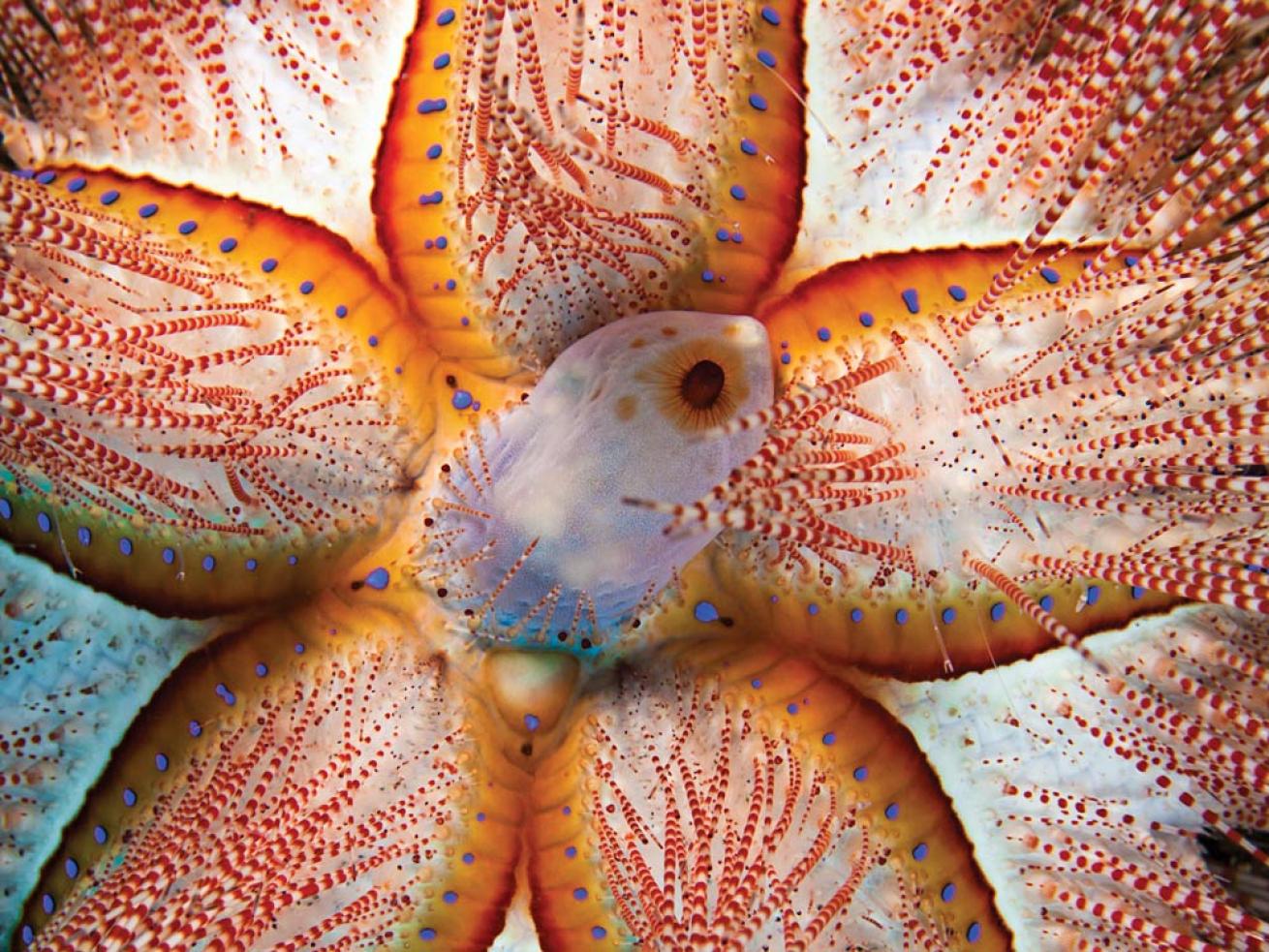
David FleethamA blue-spotted sea urchin in Hawaii.
Indonesia
Critters define Indonesia. Colorful nudibranchs and irresistibly cute pygmy seahorses can be spotted at sites throughout Indonesia, from Bali to Ambon to Southeast Sulawesi, but the pinnacle is the tiny island of Lembeh, the birthplace of muck diving. Here, wide patches of black sand between the coral reefs serve as gallery walls, acting as contrast against the endless variety of species 6 inches and smaller. You name it, it’s here. Blue-ringed octopus. Pygmy seahorse. Painted frogfish. Zebra crab. Flamboyant cuttlefish. The only limit to how many species you’ll see is how trained your eye — or that of your guide — is in homing in on camouflaged critters.
Readers Picks
Operator
- Wakatobi Dive Resort Dive Center, Southeast Sulawesi, Indonesia
Resorts
- Wakatobi Dive Resort, Southeast Sulawesi, Indonesia
- Misool Eco Resort, Raja Ampat, Indonesia
Liveaboards
- Arenui, Indonesia
- Pelagian, Southeast Sulawesi, Indonesia
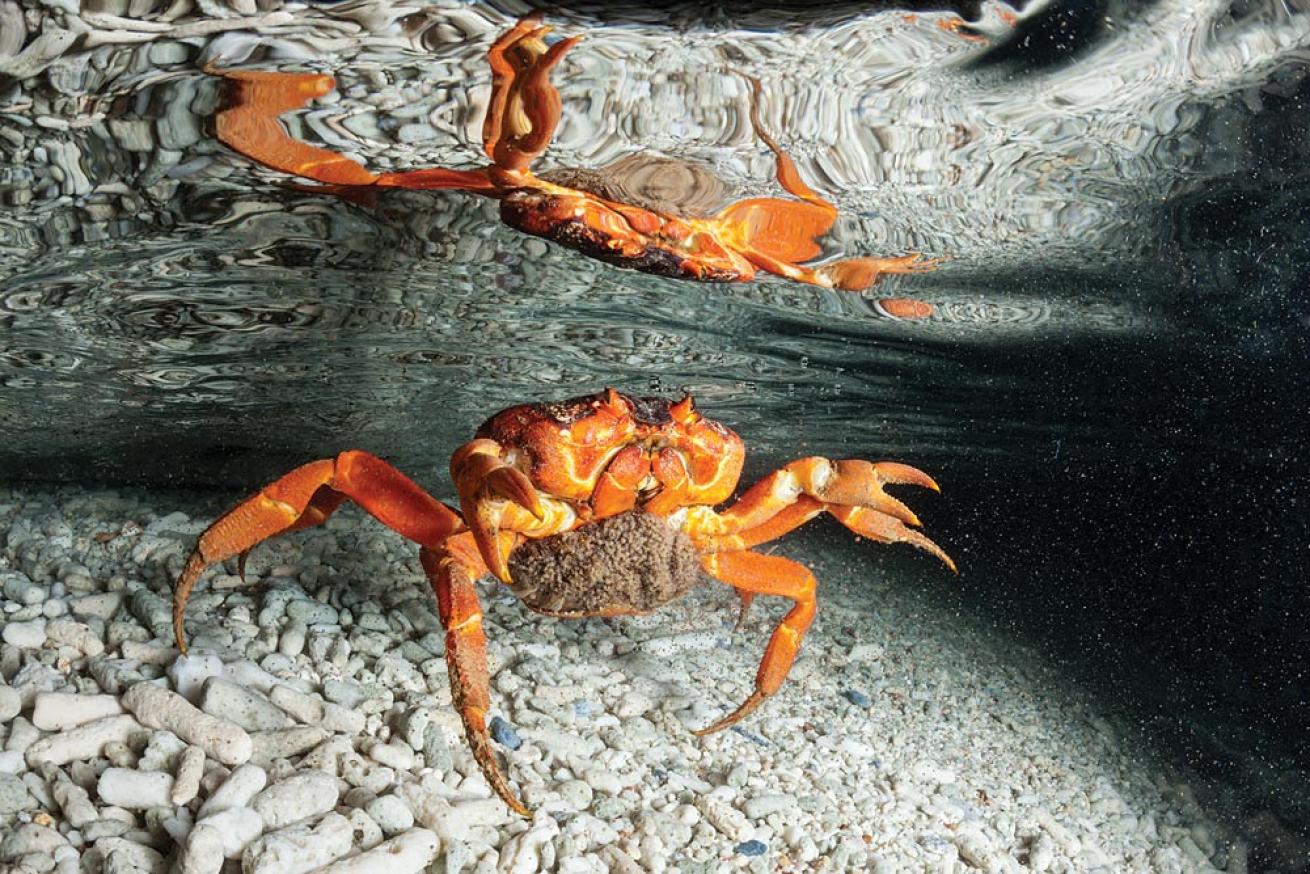
Reinhard DirscherlA Christmas Island red crab in Indonesia.
St. Croix, U.S. Virgin Islands
Pier dives tend to be synonymous with rock-your-world macro diving, and St. Croix in the U.S. Virgin Islands is no exception.
“The pillars are covered in growth,” says Paul Silnes, divemaster with N2theBlue dive center of Frederiksted Pier on the island’s west side. “You have more diversity underneath the pier than at any other site on St. Croix.”
That growth includes corallimorph cup corals, rope sponges, encrusting corals — all of which act as sanctuary for the little stuff, including seahorses, frogfish and jawfish, plus juvenile lobsters, crabs and eels.
The site is still thriving, even post-Hurricane Maria. For about six months after the September 2017 storm, the habitat was still struggling to recover.
“We lost about 4 to 5 feet of sand from the shore and from the dive site itself. But that uncovered more rubble and more anchors — all kinds of crevices. There’s actually more habitat there now, after the storm.”
Curaçao
Curaçao, the C of the ABC islands just north of Venezuela, stands out among other Caribbean destinations for its acres of hard corals — among which dwell endless communities of macro critters.
Try the dive site Mushroom Forest on the northern end of Curaçao’s west coast for secretary blennies, gobies and scorpionfish. Just a little farther south is the site Rediho, known locally as a sure thing for seahorse sightings. Regular currents sweep clean the coral-covered drop-offs, and sand channels bordered by sponges create ideal conditions for a host of macro subjects.
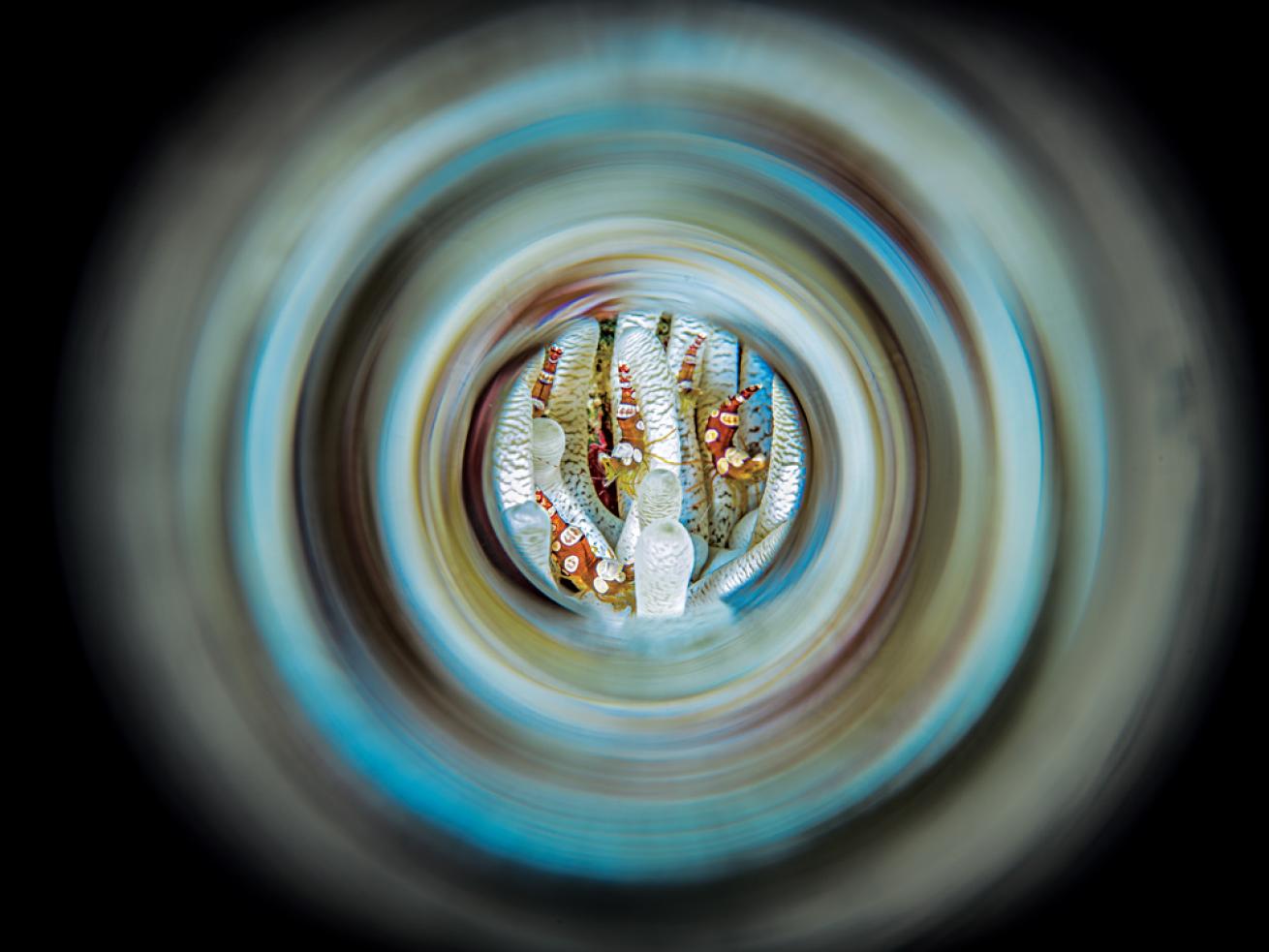
Ron WatkinsInteresting subjects such as these squat anemone shrimp in Bonaire allow photographers to try new techniques.
Bonaire
This tiny dive destination, east of Curaçao and 50 miles north of Venezuela, has a one-track mind: It’s all about scuba. Even the license plates, with the tag line “Divers Paradise,” speak to the singular fascination of most who live there and nearly all who vacation on the Dutch territory.
What this means is a wealth of info, especially when it comes to critter whereabouts. Seahorses, frogfish and the like are relatively sedentary, camping out on the same coral head or patch of sponge for weeks, sometimes months, at a time. If they do move, it’s typically within a few feet. Divers who guide their own dives with buddies, as is fairly standard at this shore-diving hot spot, can check in with the dive center at their resort for the latest intel on where to find macro life.
Readers Picks
Operator
- Buddy Dive, Bonaire
Resorts
- Buddy Dive Resort, Bonaire
- Divi Resort, Bonaire
Palau
With its parades of mantas and sharks, Palau is perhaps better known as a destination for pelagics — but that doesn’t mean it lacks a macro community to match.
Even just outside the city of Koror lies Chandelier Cave. Divers needn’t even enter the cave, but simply hover outside the entry point, to find mandarinfish and the odd-shaped twin-spot gobies, nearly as tall as they are wide.
Nearly every site delivers a pint-size treasure, be it a crocodilefish lying in the rubble of a sand channel, or a leaf scorpionfish nestled atop a coral boulder. Inside several caves, divers can spot the disco clam, aka the electric clam, whose bright-red flesh pulses with a line of blue light. It, like so many of the macro species living in this exotic locale, will leave you with a charge that’s every bit as powerful as an encounter with something a thousand times larger.
Readers Picks
Operator
- Sam’s Tours, Palau
Resort
- Palau Pacific Resort
Liveaboards
- Palau Aggressor II/Rock Islands
- Aggressor
Caribbean and Atlantic
- Bonaire
- Curaçao
- St. Croix, U.S. Virgin Islands
- Belize
- Cayman Islands
North America
- British Columbia, Canada
- Washington
- California
- Gulf of Mexico, Texas
- Florida Keys
Pacific and Indian
- Indonesia
- Philippines
- Palau
- Great Barrier Reef, Australia
- Hawaii
What Is Readers Choice?
More than 5,000 readers chose their favorite destinations, resorts, operators, liveaboards and more for our 2019 awards. Here we highlight some of the top vote-getters for each category, and point out the winning resorts, operators and liveaboards that operate in that area, listed in order of votes received.
For more: /readerschoice

